The constitution is the supreme holy book of the Republic of India and is considered the protector of the people. We should understand this book better and know the struggle behind every act and section.
So Here Are The Top 15 Acts That Shaped The Indian Constitution:
1. Regulating Act, 1773
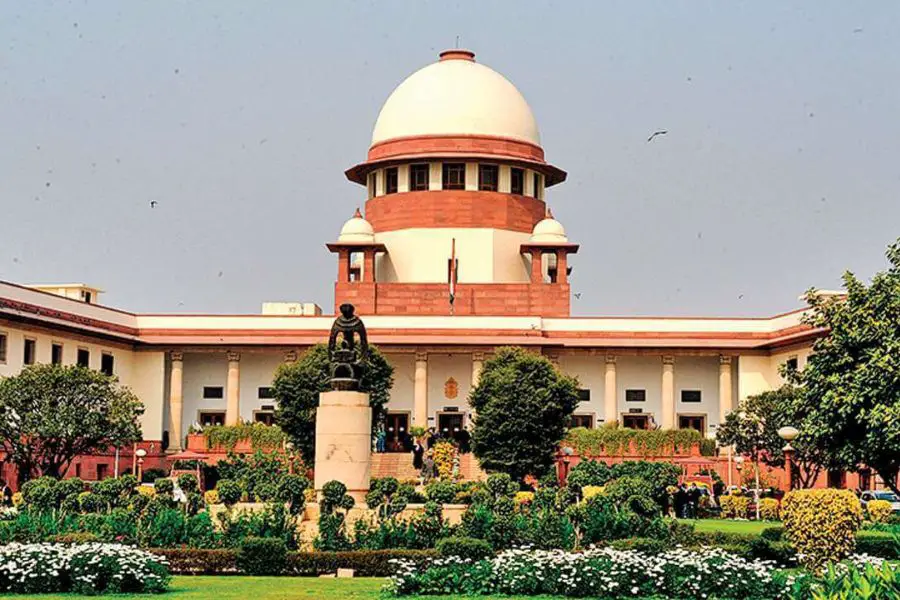
Under the Regulating Act of 1773, the first Supreme Court was set up at Calcutta, Bengal presidency at the top, with Bombay and Madras as its subordinates.
2. Amending Act, 1781
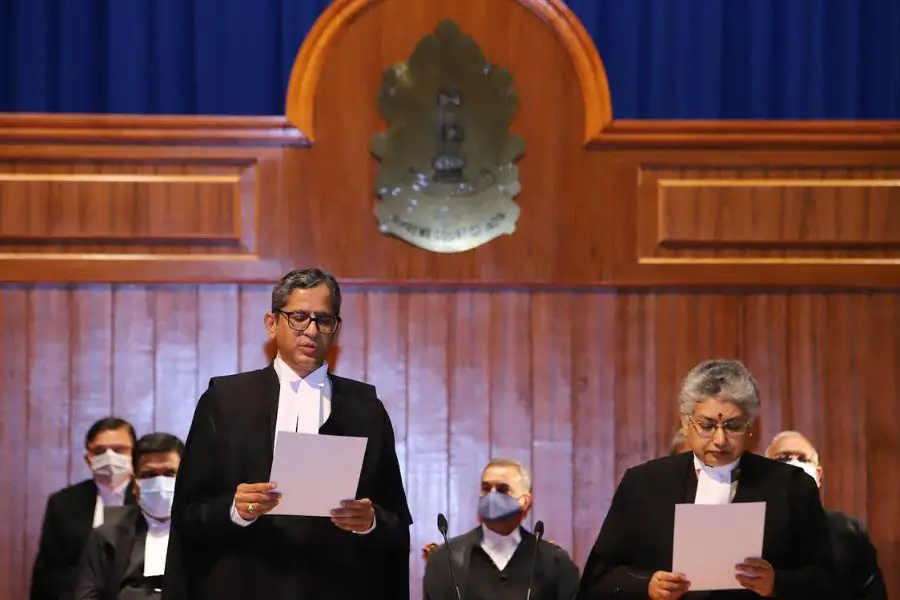
Through the Amending Act of 1781, the British parliament tried to settle the lacking of the Regulating Act of 1773. Basically, this act settles the argument over the jurisdiction of the Supreme Court.
3. Pitt’s India Act, 1784
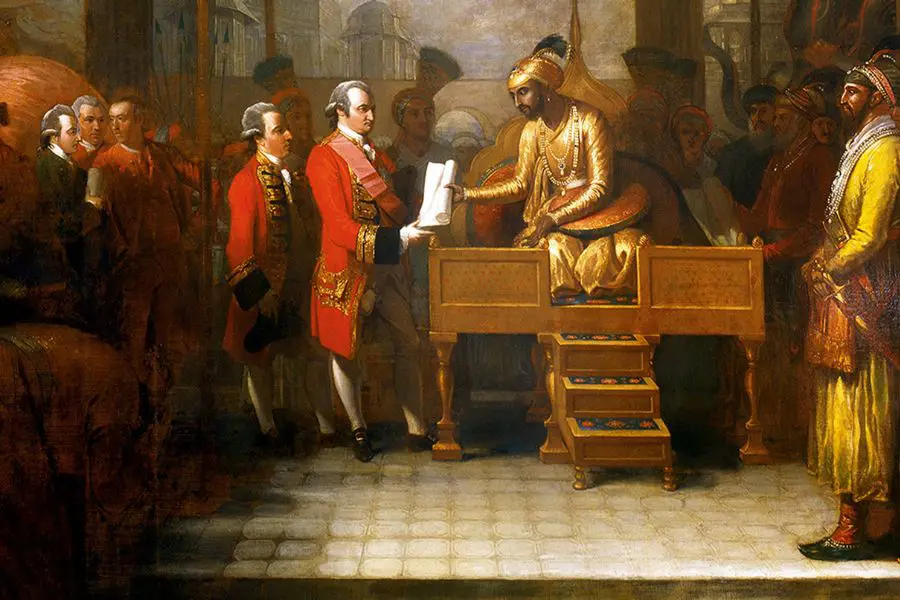
This act provided the British government complete autonomy over the British East India Company in India and abolished the dual system of government.
4. Act of 1786
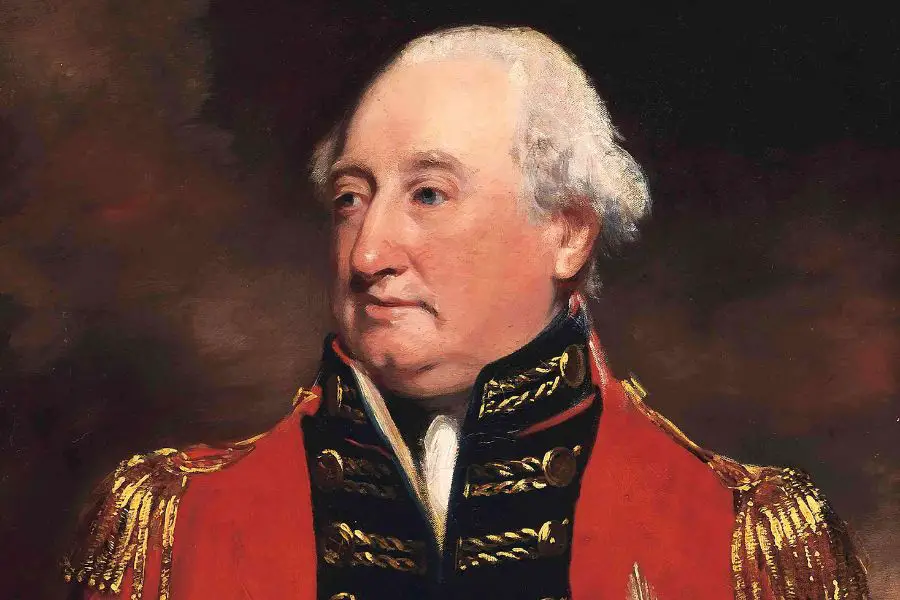
Accordingly, this act was enacted to fulfill the demands of Lord Cornwallis, the then governor-general of Bengal. Through the act of 1786, he was also appointed as the Commander-in-Chief of the Indian Forces.
5. Charter Act, 1793
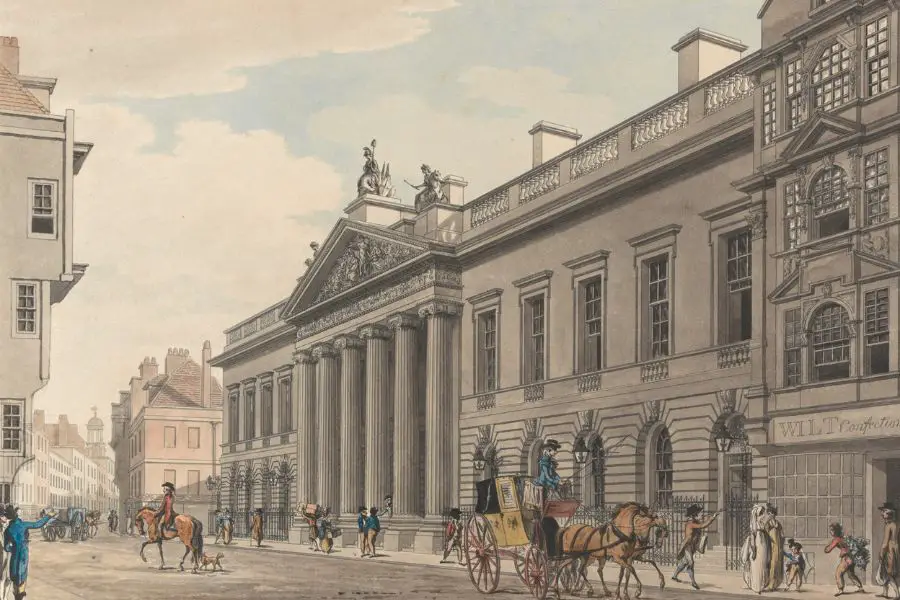
The first charter act of 1793 strengthened the governor-general and extended the company’s monopoly for another 20 years in India. It also said that the salaries and expenses of the Board of Control members should be given out of Indian revenues.
6. Charter Act, 1813
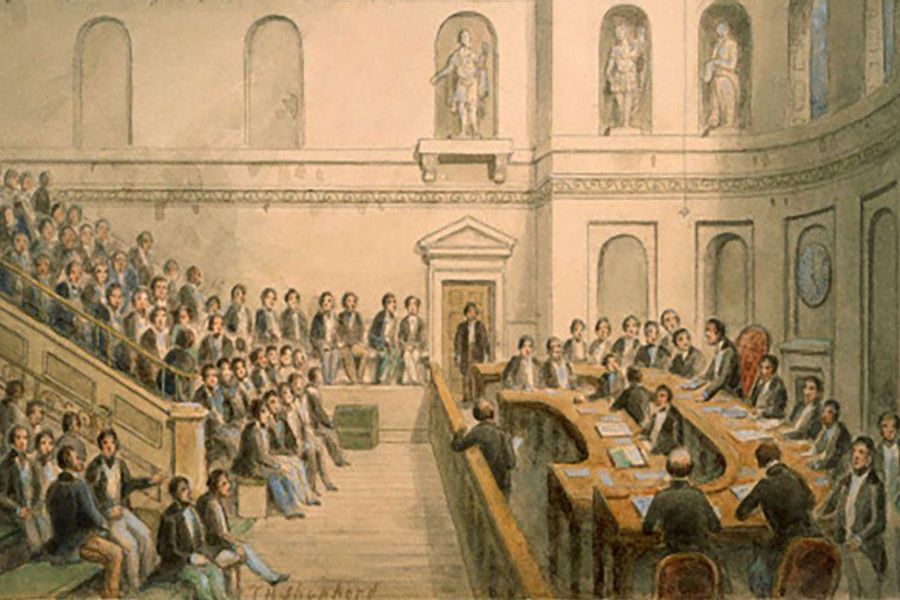
The company’s monopoly over trade in India came to an end, except for the tea and opium trade with China. Also, it allowed all Britishers to trade in the Indian market and facilitated Christian missionaries to spread Christianity.
7. Charter Act, 1833
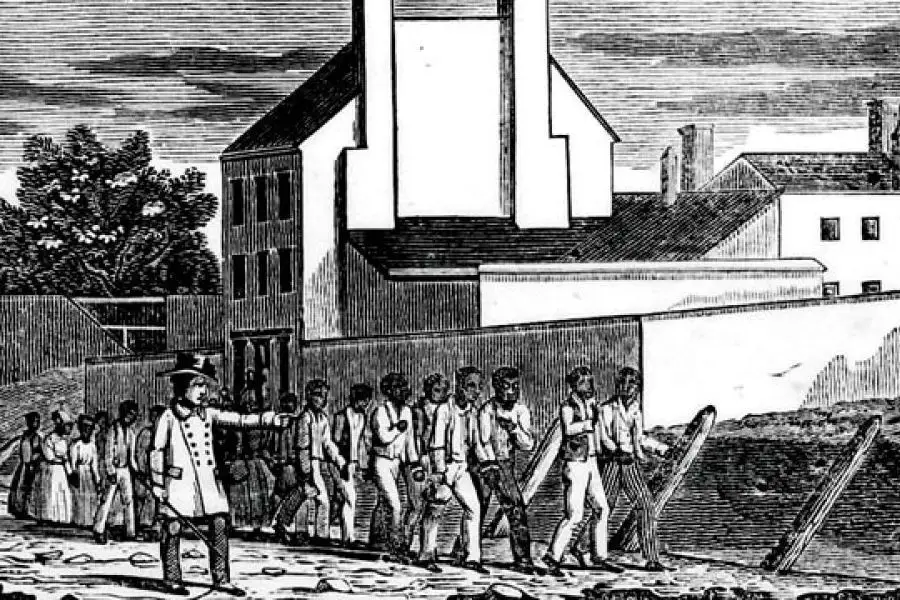
This charter act put an end to all aspects of the Company’s trade monopoly. The governor-general of Bengal becomes the governor-general of India, and all laws made by him will become acts. The Charter Act of 1833 also abolished slavery.
Read also – Top 15 Spooky Dolls that actually exist.
8. Charter Act, 1853

The last charter act separated the Executive and Legislative machinery of the governor-general’s Council. The governor-general’s Legislative Council was also known as the Indian (Central) Legislative Council. It also reformed the selection process of civil services through open annual competitive examinations and provided an opportunity for Indians to appear in the civil services examination.
9. Government of India Act, 1858
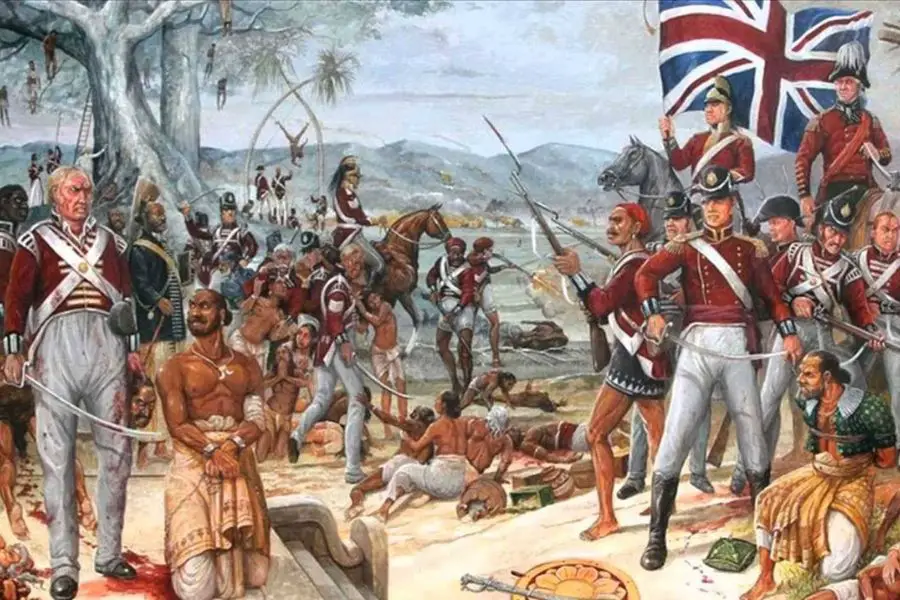
The Revolt of 1857 led to the “Government of India Act” in 1858, which ended the dual government system and the East India Company’s rule in India. The post of governor-general was to be called the Viceroy and was the direct representative of Her Majesty (The Crown) in India. Through this act, the administrative machinery of British India was improved.
10. Indian Council Act, 1861
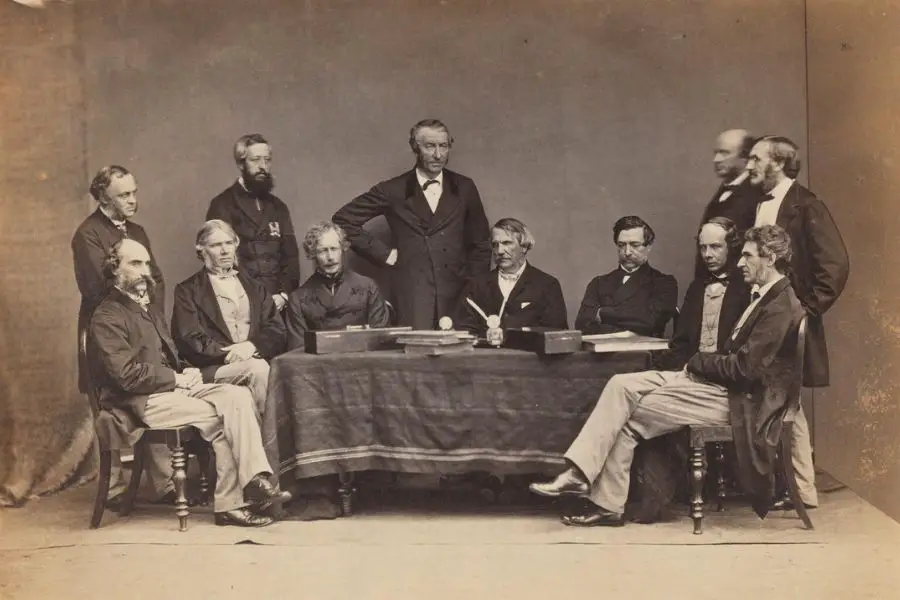
The Indian Council Act of 1861 marked an important landmark in the constitution and political history of India. It kick-started the involvement of Indian representatives in the law-making process, called the portfolio system. It also empowered the Viceroy to issue ordinances and the process of decentralization initiated by restoring the legislative powers of Madras and Bombay.
11. Indian Council Act, 1892
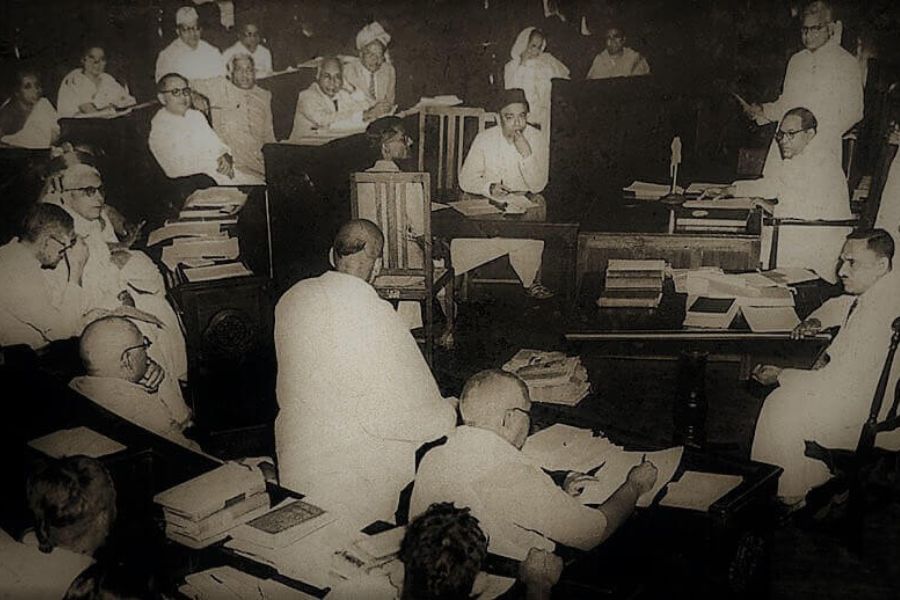
This council act facilitated the representative system in India, which gave power to the council members to discuss the budget and to address questions to the executive. Also, with the official majority retained, the number of non-official members of the Indian Legislative Council increased.
12. Indian Council Act, 1909
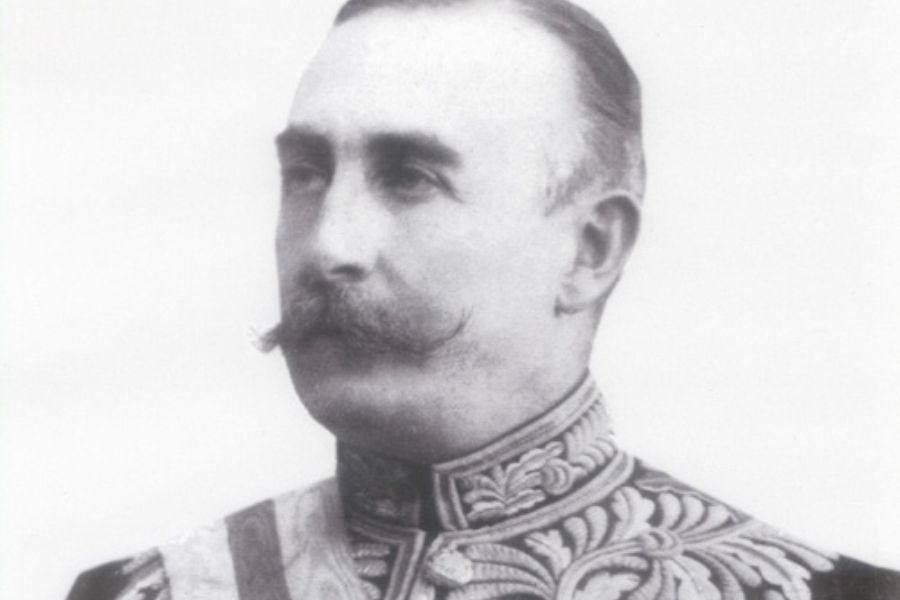
This act is famously known as ‘Morley-Minto Reforms.’ The Council Act of 1909 was the first act to give the concept of “Communal Representation” and the system of “Separate Electorates” for Muslims.
13. Government of India Act, 1919
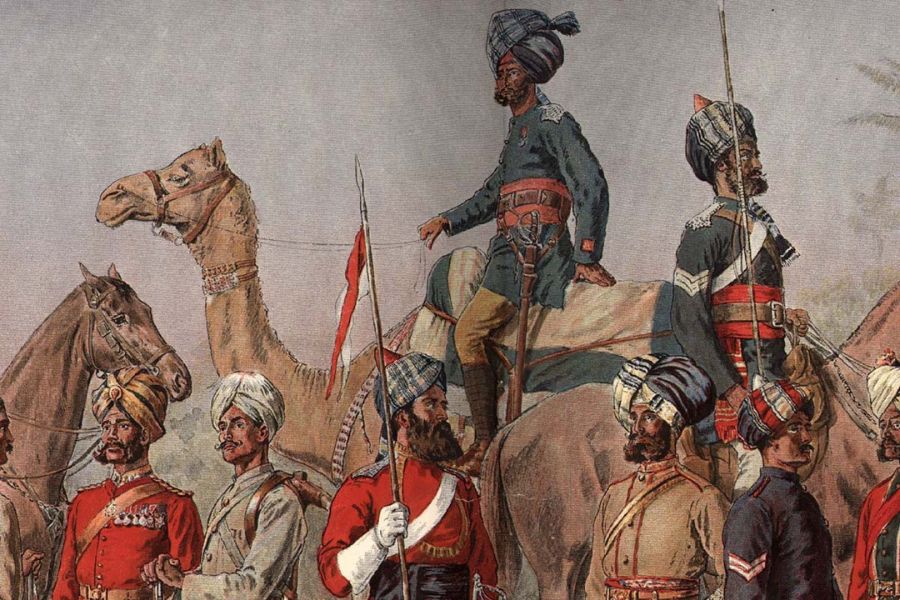
The Government of India Act, 1919 enacted many reforms such as the introduction of “Dyarchy,” “Bicameralism,” “Extension of Communal Representation,” the establishment of the “Central Public Service Commission” (lately known as Union Public Service Commission), and the separation of provincial budget from the central budget. All these reforms are now an important part of the Indian constitution.
14. Government of India Act, 1935
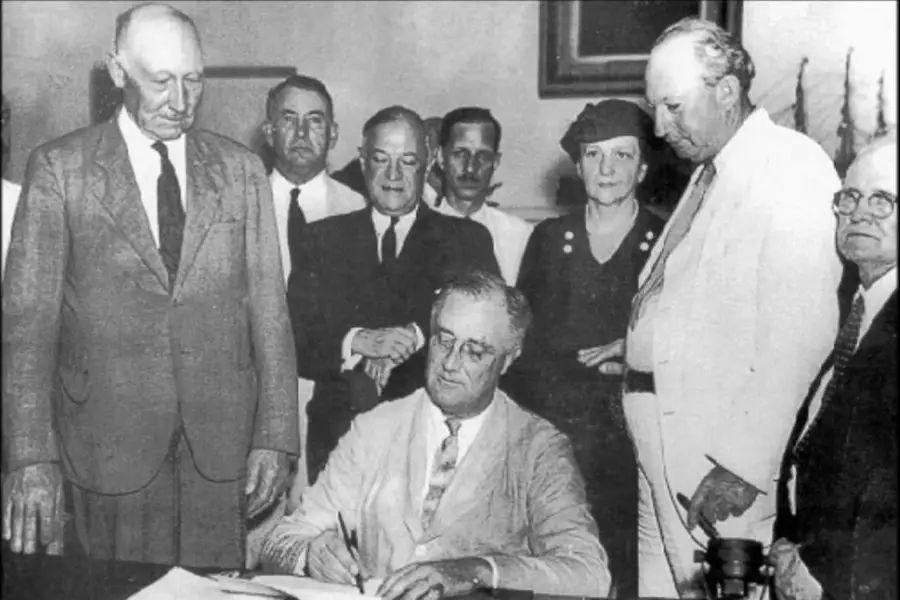
This act was lengthy, having 321 Sections and 10 Schedules. The introduction of the All-India Federation, the “Three-fold division of powers,” the establishment of “Reserve Bank of India,” and the “Federal Court” are the main highlights of the Government of India Act 1935. It was also said that the Indian constitution was majorly derived from this act only. Later on, in 1946, a constituent Assembly of India was formed.
15. Indian Independence Act, 1947
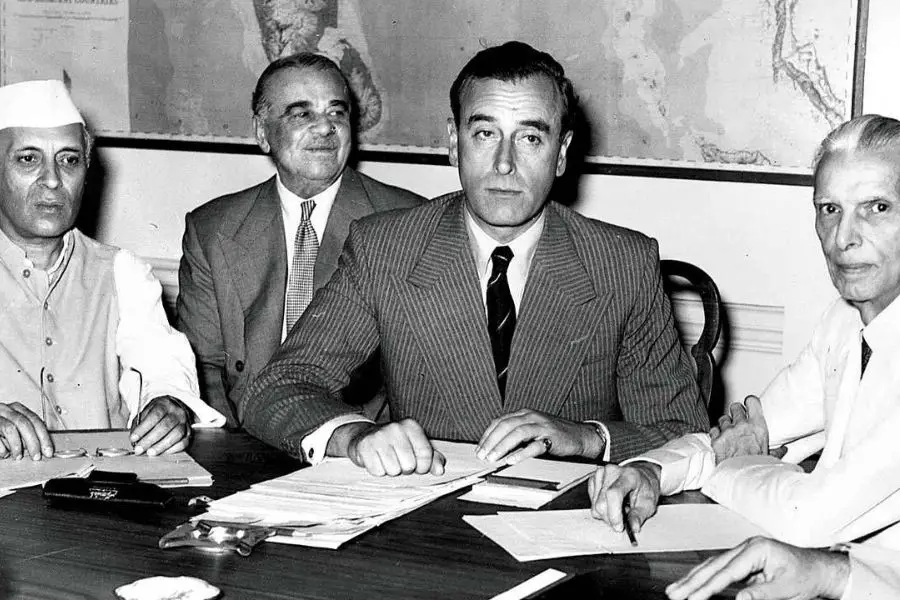
Also known as ‘The Mountbatten Plan,’ this act ended British rule in India by creating two independent dominions, i.e., India and Pakistan. The constituent assembly of both independent nations was allowed to repeal, frame, and adopt any act of the British parliament.
These are the major acts that shaped the constitution of India and influenced the decisions of the constituent assembly while drafting the constitution.
Read also – Top 15 Anomalous Beliefs Exist Only In India